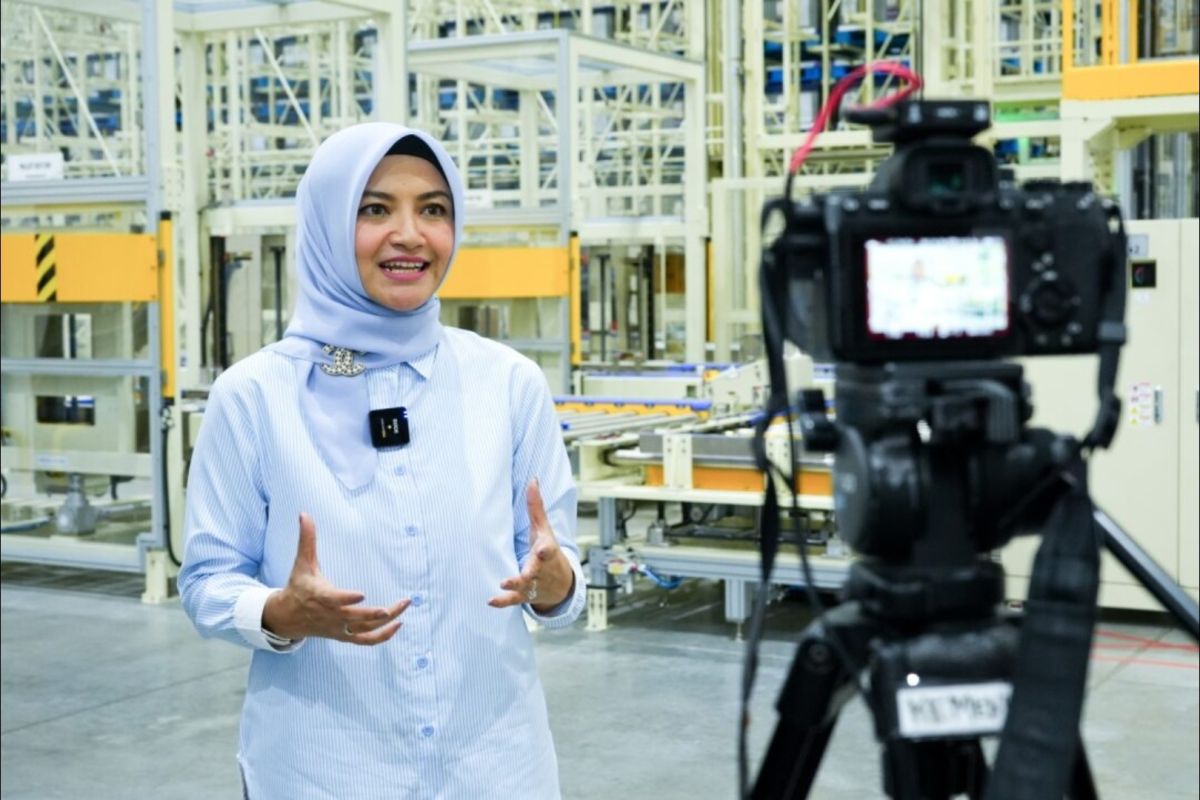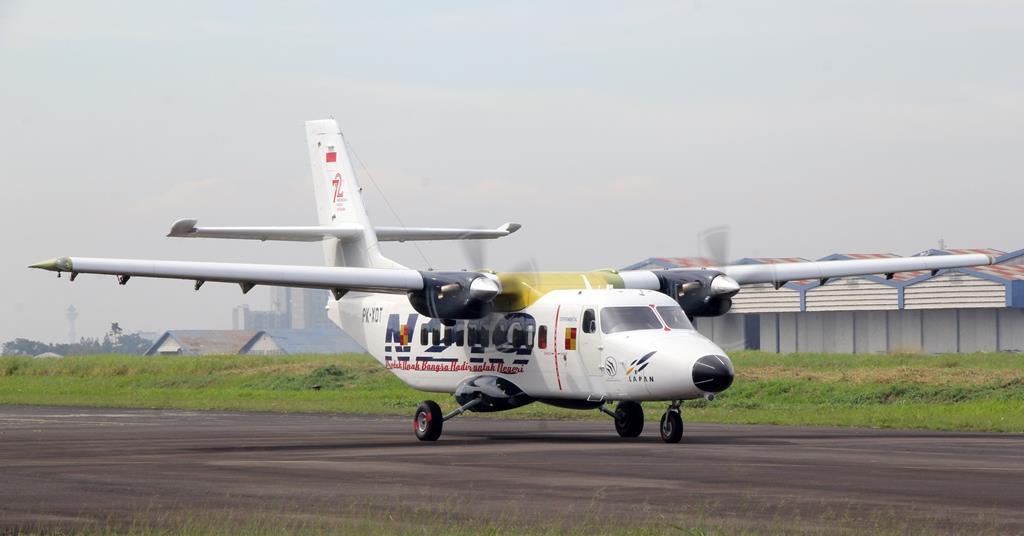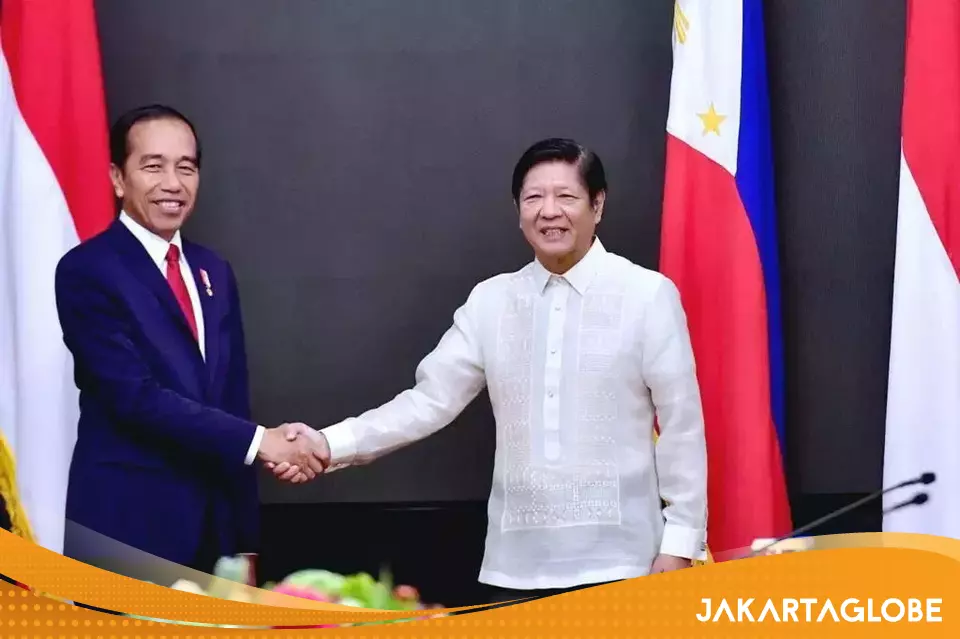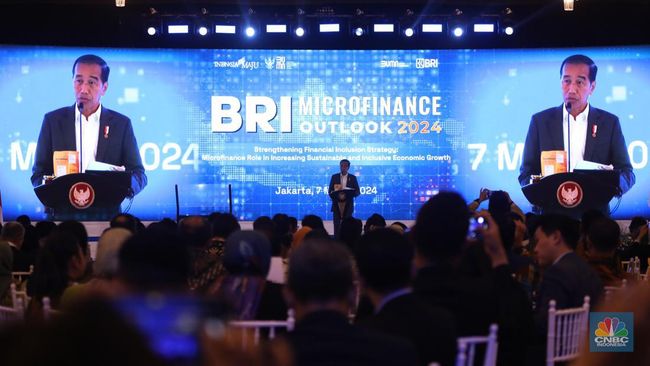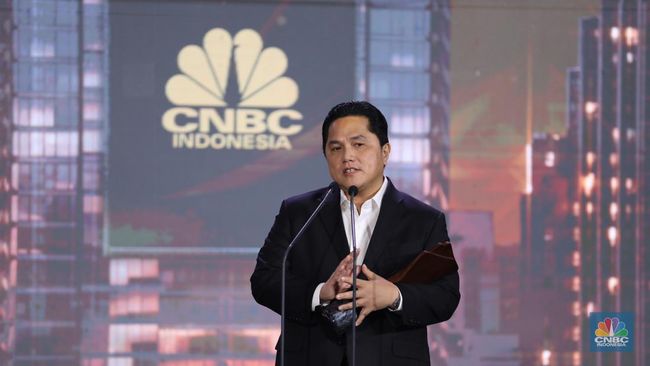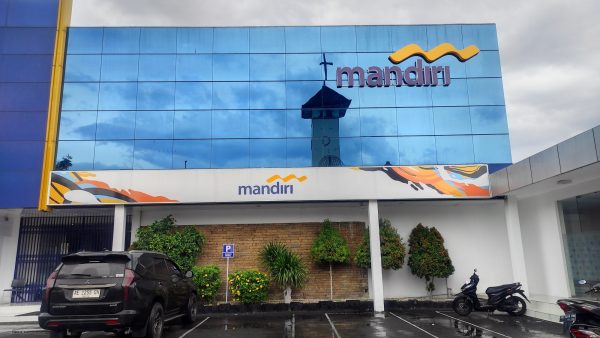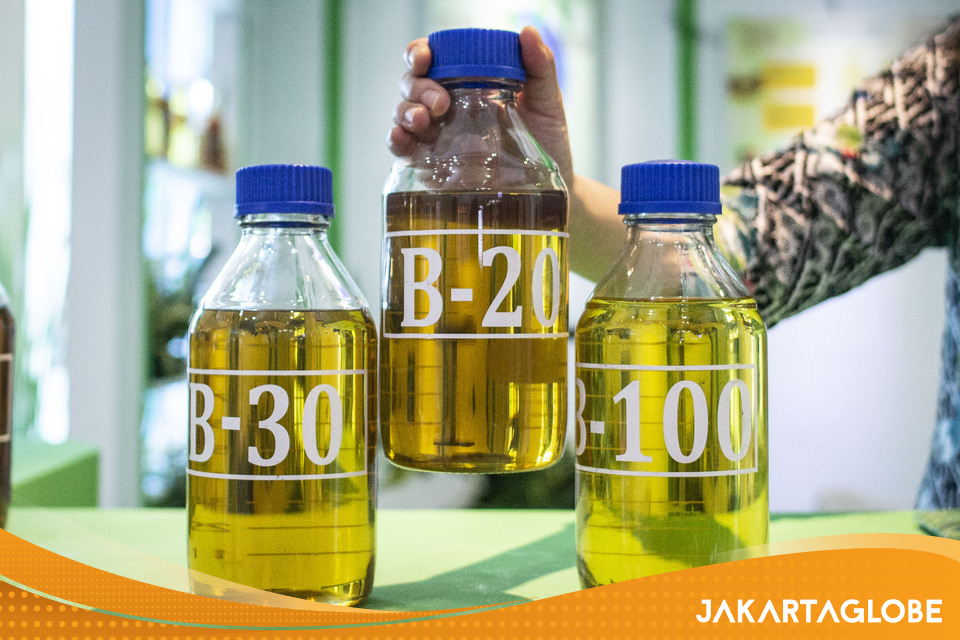Indos
INT'L MOD
- Jul 25, 2013
- 25,510
- 23,089
- Country of Origin

- Country of Residence

- Thread starter
- #16
Indonesia's Foreign Exchange Reserves at $144 Billion in February: BI
Faisal Maliki Baskoro
March 7, 2024 | 11:01 am
Jakarta. Indonesia's foreign exchange reserves stood at $144.0 billion (Rp 2.255 trillion) at the end of February 2024, maintaining robust levels despite a slight 0.76 percent decline from the January 2024 position of $145.1 billion.
According to Bank Indonesia's spokesman, Erwin Haryono, the decrease is attributed, in part, to the government's repayment of foreign debts.
"The current reserve position is equivalent to financing 6.5 months of imports or 6.3 months of imports and government foreign debt payments, surpassing the international adequacy standard of around 3 months of imports," he said.
The central bank assesses that the foreign exchange reserves are capable of ensuring macroeconomic stability and financial system stability.
Looking ahead, Bank Indonesia anticipates that the foreign exchange reserves will remain sufficient, supported by sustained economic stability and prospects.
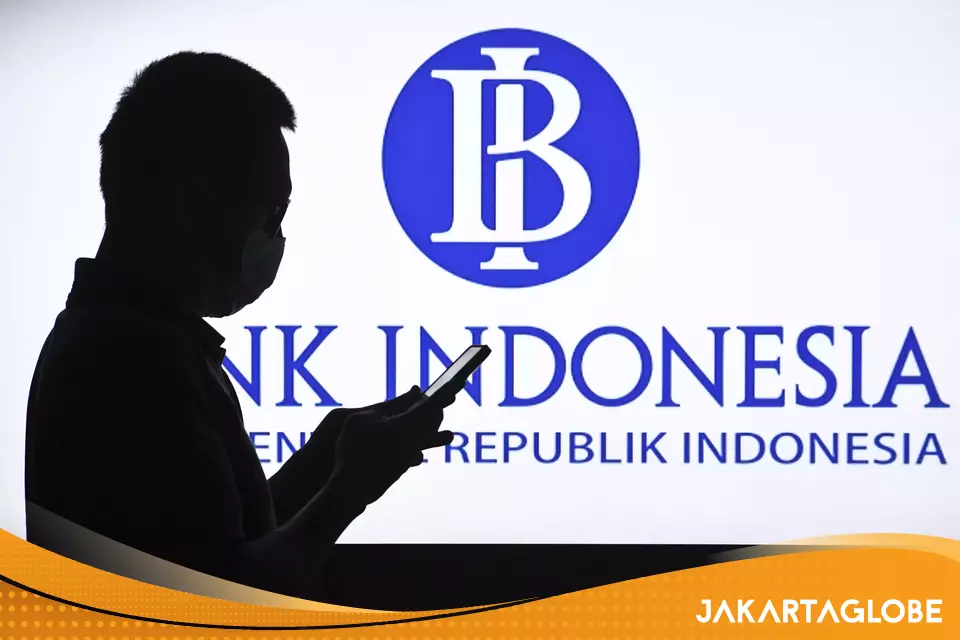
Indonesia's Foreign Exchange Reserves at $144 Billion in February: BI
Indonesia's foreign exchange reserves stood at $144.0 billion (Rp 2.255 trillion) at the end of February 2024.
jakartaglobe.id


